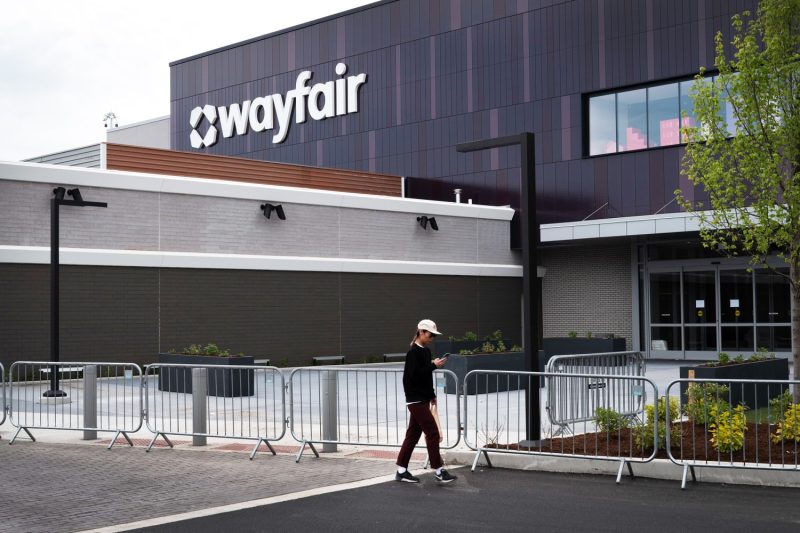The recent comparison made by the CEO of Wayfair, Niraj Shah, between the current slowdown in home goods sales and the 2008 financial crisis has sparked discussions among industry experts and analysts. This comparison sheds light on the challenges facing the home goods sector in today’s economic environment and prompts a closer look at the factors driving the slowdown.
One of the key similarities highlighted by Shah is the impact of economic uncertainty on consumer behavior. During the 2008 financial crisis, consumers became more cautious with their spending, focusing on essentials and cutting back on discretionary purchases such as home goods. Similarly, the ongoing economic uncertainties, including rising inflation, supply chain disruptions, and geopolitical tensions, have led to a more conservative approach to spending among consumers today.
Furthermore, the housing market plays a significant role in the performance of the home goods sector. In 2008, the housing market collapse had a cascading effect on related industries, including home goods retailers. Today, while the housing market has been relatively strong, with low mortgage rates driving demand, the recent surge in home prices has made it difficult for first-time homebuyers to enter the market. This has indirectly impacted sales of home goods, as younger consumers delay or scale back their home furnishing purchases.
Moreover, technological advancements and changing consumer preferences have transformed the retail landscape since the 2008 financial crisis. The rise of e-commerce platforms, such as Wayfair, has disrupted traditional brick-and-mortar retailers and provided consumers with convenient alternatives for purchasing home goods. However, the shift towards online shopping has also intensified competition and put pressure on margins, especially for companies like Wayfair that rely heavily on discounts and promotions to attract customers.
In response to these challenges, companies in the home goods sector are exploring new strategies to drive growth and adapt to the changing market dynamics. This includes a greater focus on sustainability and ethical sourcing practices to appeal to environmentally conscious consumers, as well as investments in digital marketing and augmented reality technologies to enhance the online shopping experience.
While the comparison between the current slowdown in home goods sales and the 2008 financial crisis highlights the uncertainties and challenges facing the industry, it also underscores the resilience and adaptability of companies like Wayfair in navigating turbulent economic conditions. By proactively addressing changing consumer preferences, investing in technology, and diversifying their product offerings, home goods retailers can position themselves for long-term success in an evolving marketplace.



























